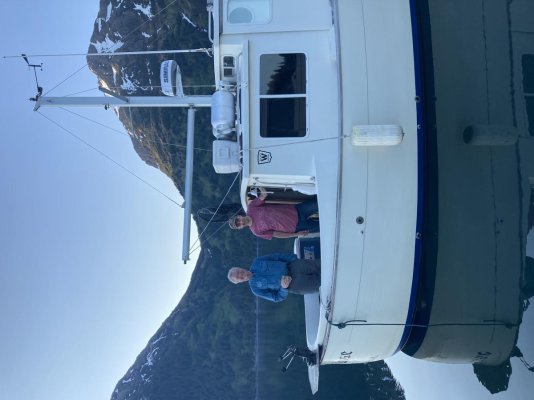harleydude777
Member
- Joined
- Sep 17, 2022
- Messages
- 21
- Vessel Name
- KOA KAI
- Vessel Make
- 1988 Island Gypsy 36
well i was wondering about a 5 or 11lb propane tank to use for the blackstone/grill instead of those PITA 1lb bottles, but then wondered how many marinas refill propane tanks or do they just have exchange services,or either? not really worth the convenience of the smaller tank if you can't easily get it refilled while being a coastal cruiser. Plan on hitting the loop June of next year. Thanks in advance for all the info.



